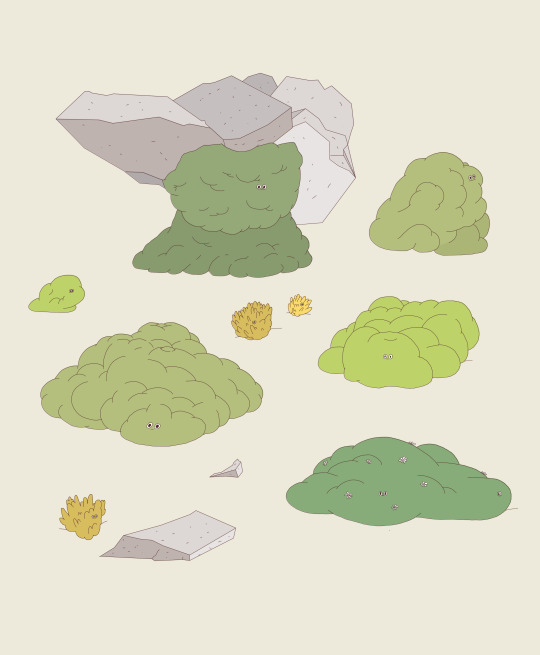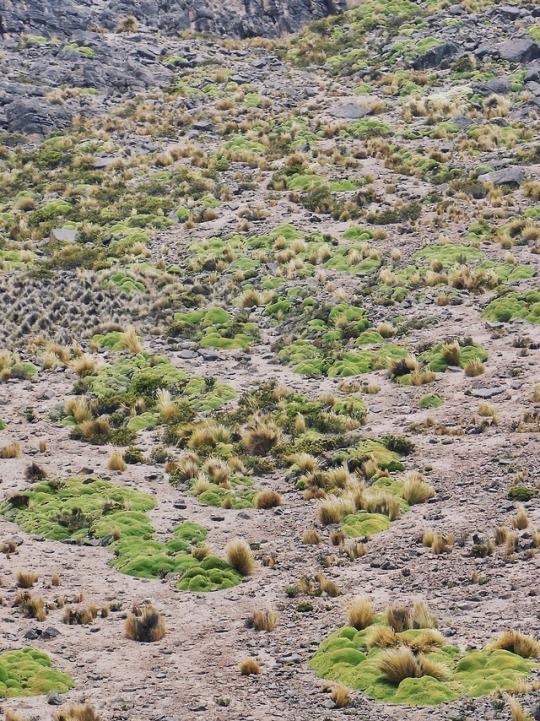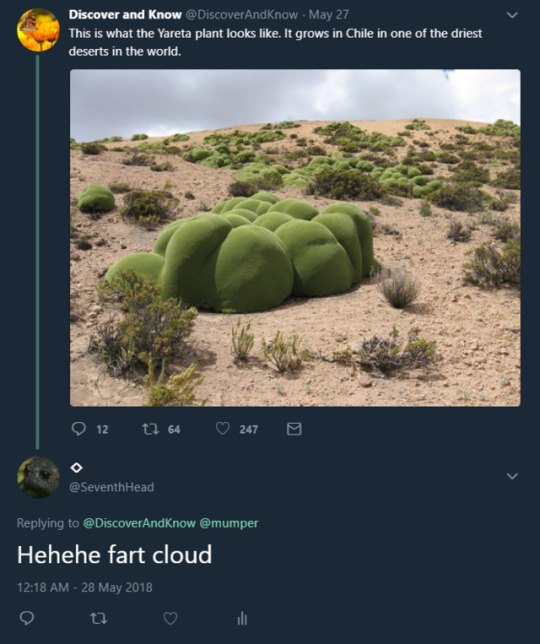#yareta
Text


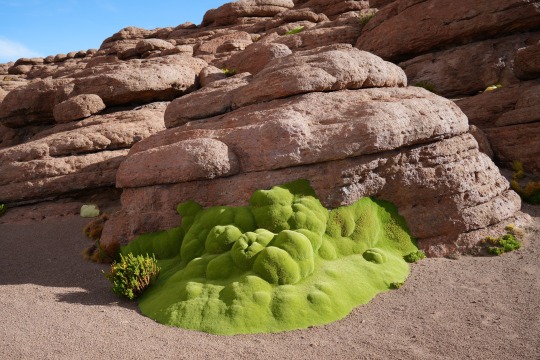
Yareta (Azorella compacta) in Bolivia (elevation of 14,000 ft.).
This may look like a moss, but it isnt! This is a broad-leafed plant in the carrot family, Apiaceae.
These plants can grow to bve over 3000 years old. This large specimen may be over 1000 years old.
photographs by Mark Dwyer
1K notes
·
View notes
Photo
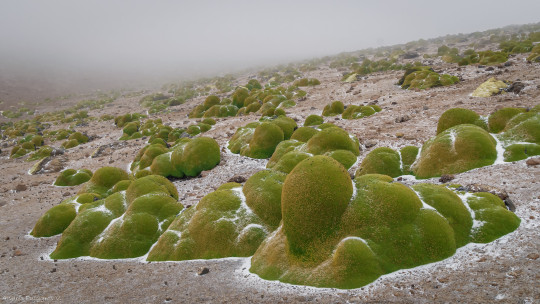


Yareta or llareta is a velvety, chartreuse cushion plant in the family Apiaceae which is native to South America. It grows in the Puna grasslands of the Andes in Peru, Bolivia, northern Chile and western Argentina at altitudes between 3,200 and 5,250 metres.
Photos by Andres Puiggros V.
#plants#green goo#nature#landscape#yareta#south america#frost#green#naturecore#curators on tumblr#andes#mountains#fog#mist#uploads#grasslands
3K notes
·
View notes
Text
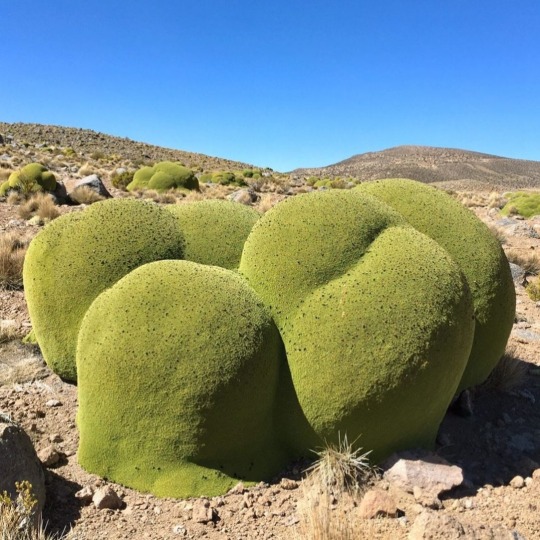


by cactusexplorer_
371 notes
·
View notes
Text
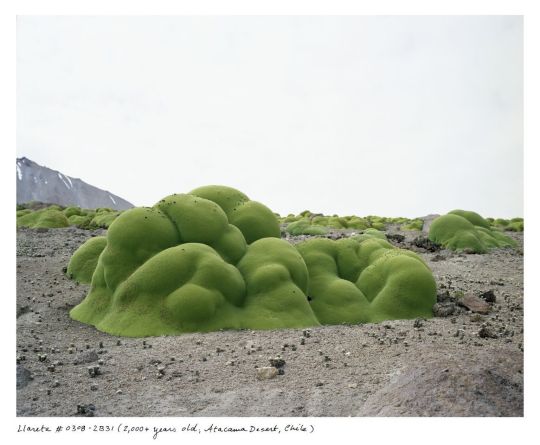
llareta / Azorella compacta, one of the oldest plants in the world — some are over 2000-3000 years old. Photograph by Rachel Sussman.
20 notes
·
View notes
Text
Yareta, une plante qui vit plusieurs milliers d'années
Nouvel article publié sur https://www.2tout2rien.fr/yareta-une-plante-qui-vit-plusieurs-milliers-dannees/
Yareta, une plante qui vit plusieurs milliers d'années

#âge#andes#argentine#Azorella compacta#bolivie#chili#longévité#montagne#mousse#perou#plante#plateau#rocher#vidéo#vieillissement#Yareta#imxok#nature#voyage
0 notes
Text

The yareta is a big chunk of moss native to South America, this bitch was used as fuel for the operation of the Arica-La Paz railway and grows approximately 1.5 centimeters per year.
8 notes
·
View notes
Text
Continuing for my after linked universe thing, the ages they were when each of their children were born
Sky-
Inea- 19
Carron- 21
Keathá- 24
Ereta and Ranir (twins)- 35
Four-
Erin- 21
Time
Marian- 37
Fado- 39
Legend-
Nami- 17
Hyrule
Tera- 23
Twilight
Talom- 26
Warriors
Avri- 25
Rera and savari (twins)- 26
Tama- 28
Yareta- 29
Umi, karasa, and Rena (triplets)- 31
Emira- 32
Nova and Safi (twins)- 34
Marim- 36
Gya, seva, and temía (triplets)- 39
Fasia- 40
Farima- 42
Parevta- 43
Wind-
Ira- 18
Darah- 22
Wild-
Tavri- 23 (123)
4 notes
·
View notes
Text
Cuando Santoro describió en su pintura a un hombre solitario acariciando una casita, me ví a mí misma como a una mujer solitaria acariciando una yareta, no porque sienta que necesita protección, es que yo soy una yareta.
0 notes
Text
PUMA x P.A.M. Collection

P.A.M. and PUMA come together this season to create a
collection blurring the lines between streetwear and outdoor clothing, within a larger, multifaceted project - the PAM/PUMA BIO/VERSE - aiming to reconnect with the concepts of
nature and community.
Established in the year 2000 by Misha Hollenbach and Shauna Toohey, P.A.M. - short for Perks and Mini - is Melbourne-born and based, relocating to Paris 2015-2019. The brand has a multi-
disciplinary approach blending fashion, graphic design, art, music and nightlife and has earned a cult following for its fun, carefree, colorful clothes.
Taking the wearer from the convenience store to the hiking trail, the first-ever PUMA x P.A.M. collection features simple yet adventurous silhouettes with bold graphics and all-over prints with a psychedelic edge. Its texture and color-rich concept is inspired by the South American Yareta, a blobby, velvety cushion plant.
“We wanted to make clothes that are comfortable for a seamless transition between the city and the wild, linking both of them”, says Misha Hollenbach.
“From the start, we saw this project as an opportunity to make something together that could go beyond fashion, and the PUMA team was instantly supportive. So, as part of the PAM/PUMA
BIO/VERSE, we suggested created a project that worked to protect threatened wild places on the planet; the same kind of places that inspired the collection”, adds Shauna Toohey.
The BIO/VERSE uniquely commits to real-world environmental impact through a partnership with DEEP. Through the DEEP BioDATA Platform, the project supports the installation of biodiversity monitoring technology in one of the world’s last remaining wild places – the Jurua River region of the Western Brazilian Amazon. Cloud-connected audio sensors use Machine Learning to process live sonics from the project site, providing never-before-seen insight into keystone species, animal group behavior, insect density, primate community dynamics, migration patterns, change over time, and much more. This data is fed into local and scientific communities to enhance research, understand ecosystem dynamics, propel and direct conservation efforts, and stop illegal activity in these most beautiful and vulnerable ecosystems.
DEEP works with on-ground partner Instituto Juruá, and technology partner Rainforest Connection to achieve these visionary impact outcomes.
Spanning 20 different styles, the collection includes elevated basics such as fleece jackets and sweaters, cargo trousers, T-shirts, polo shirts, hoodies, and puffer jackets – all made with at least 20% recycled materials. The palette is nature-inspired and dominated by rich purple, lavender, green and copper tones. Shoes comprise classic sneakers, trail-running shoes and clogs. On the minimal side, accessories - a bucket hat and cap, a trail backpack and a bottle bag set - highlight functionality.
Directed by Ben Ditto - the celebrated Creative Director specializing in the execution of utopian concepts - the campaign is fronted by the hottest young face in rap Thaiboy Digital, and by indigenous Australian artist Milari Barker. The audio of the campaign is produced by Swedish audio pioneer, Varg2TM and uses samples taken directly from our Amazon project site. “They are all friends of the P.A.M. family, people with the same values as us, so building something
together has been a joy”, says Misha Hollenbach. “Connection and community have always been key to how we work.”
The PUMA x P.A.M. Collection will be available globally from November 5 th in selected PUMA Stores, PUMA.com, P.A.M. stores, PERKSANDMINI.com, and distribution partners with a retail price ranging from $40 to $330.
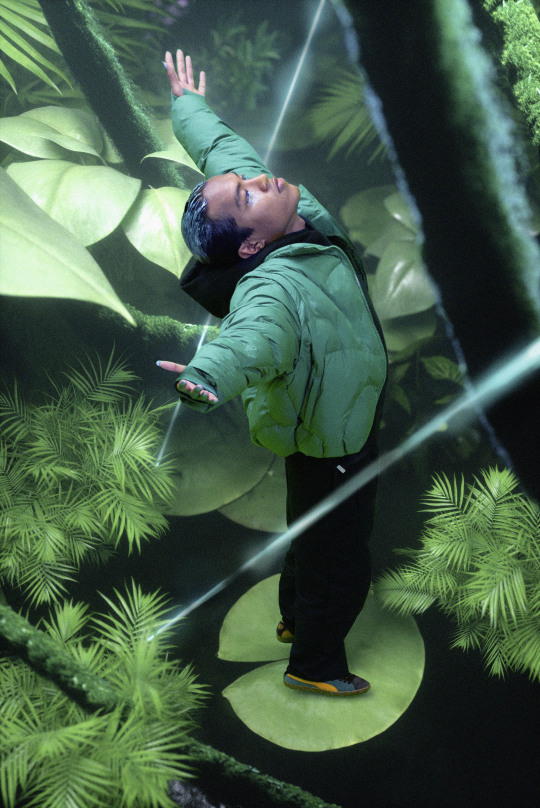
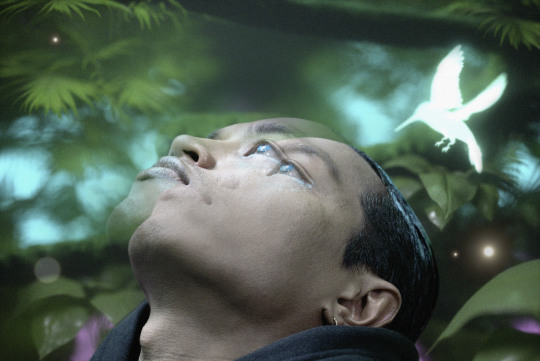





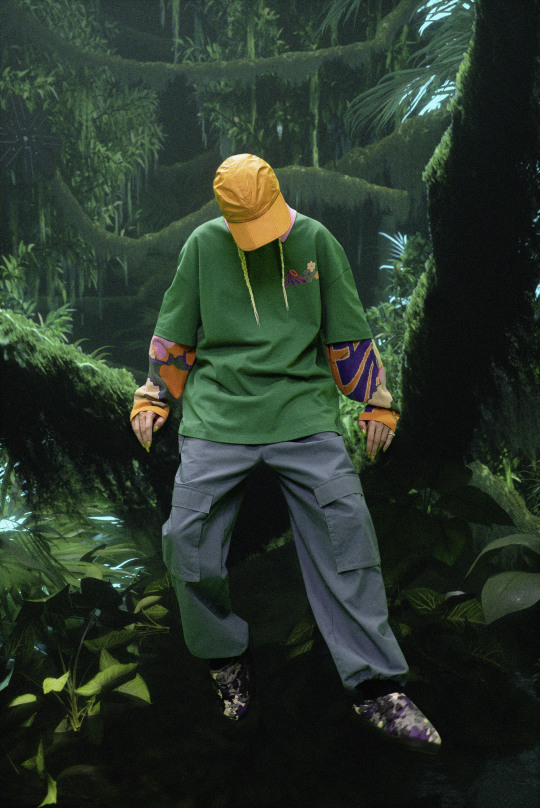


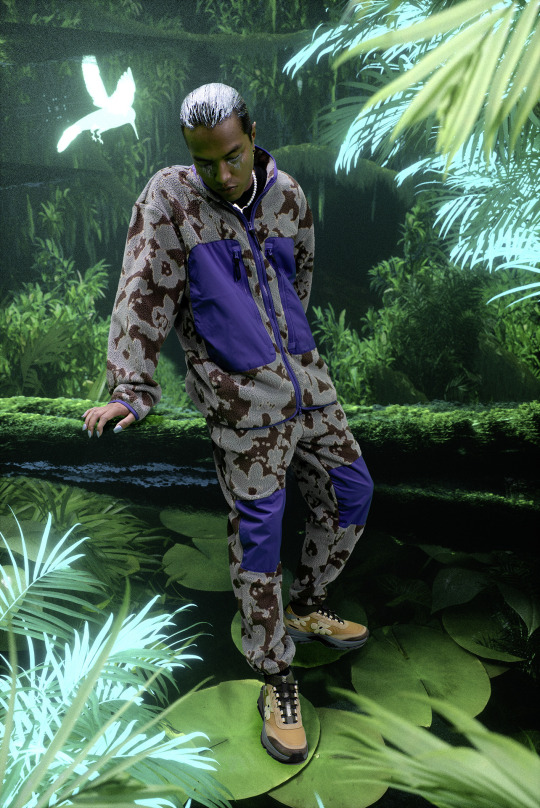

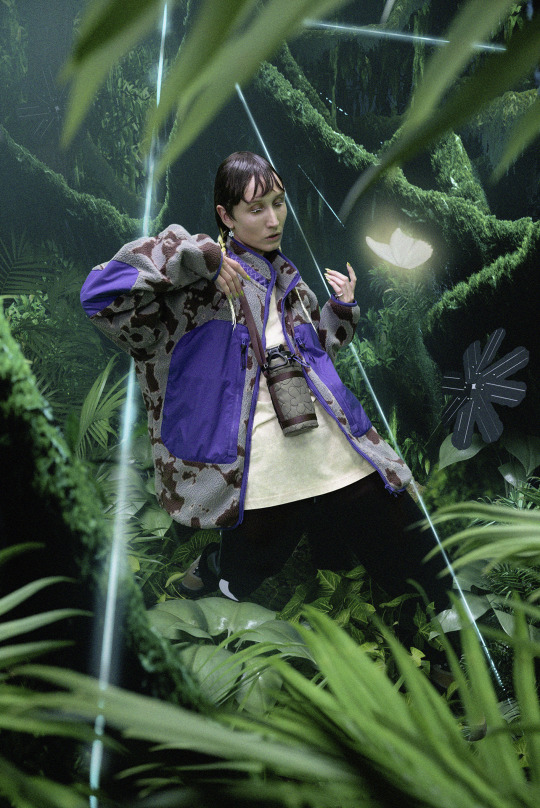
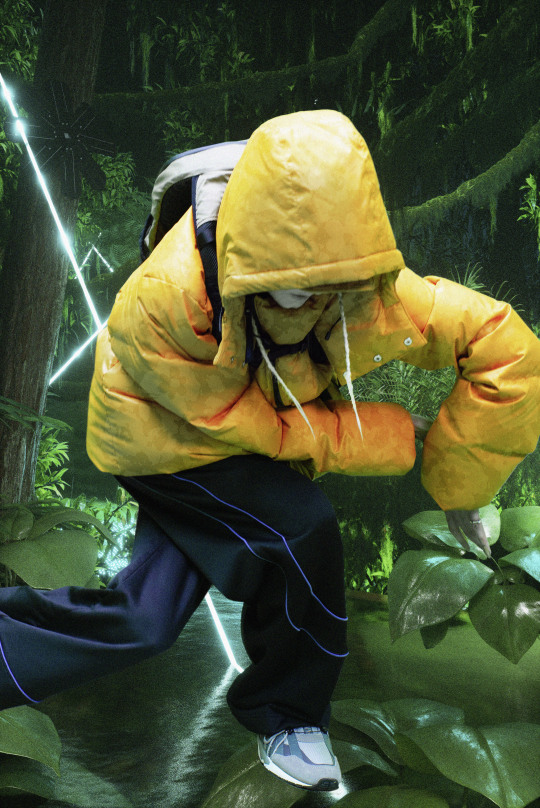



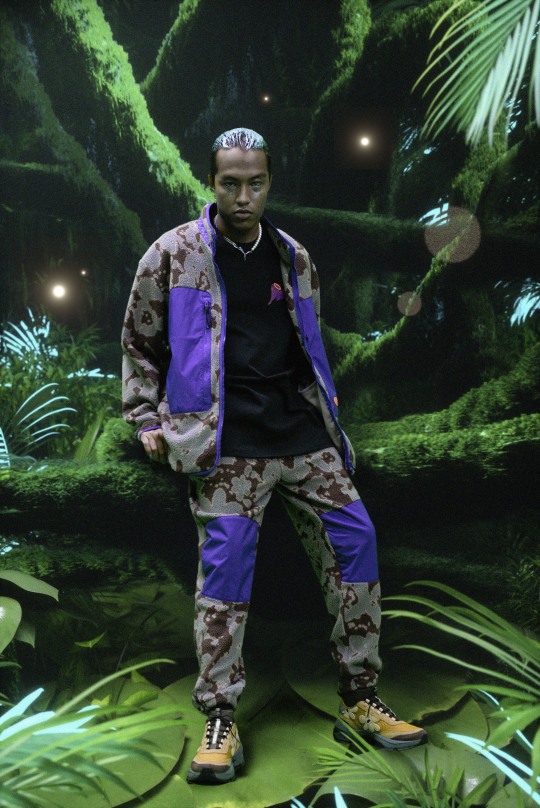





0 notes
Text

Yareta (Azorella compacta)
2K notes
·
View notes
Photo

Staying Alive in the Atacama
The Llareta (or yareta) plant (Azorella Compacta) of the Atacama Desert is well known for being one of the longest living organisms on the planet. Some of the larger specimens have been calculated to be approximately 3000 years old. While this is, by itself, a magnificent feat, the llareta holds some of it's most wonderful characteristics close. Literally.
Botanically speaking, these plants are masters at taking advantage of their desert environments, flaunting adaptations on par with the cactus'. As it's scientific name might suggest, llareta is composed of stems, often very long in older plants, that support a rosette of leaves that are tightly packed together. This type of compact growth is a valuable adaptation in a desert climate as it reduces the surface area to volume ratio – a smart move when you are trying to reduce evaporation.
When smaller stems are blocked from the sun, they die back, creating packing material that makes the interior of llareta very dense. It's so dense, in fact, that they can bear the full weight of a person seemingly without harm. But the dense core of these cushions provide a very helpful service for the plant. Not only is it a perfect sponge for holding water during times of drought, it is also a great way to keep the interior of the plant cool during the hottest parts of the day.
The plant's habitat preferences also help to reduce water loss. New plants often take advantage of small cracks in the rock surfaces in the desert (as shown in the picture below). These cracks provide perfect microclimates that offer cooler temperatures in hot weather, warmer temperatures in cold weather, more water during drought, and shelter from the winds that can blast through the open spaces. It also appears that the fringes of established plants create new microclimates also suitable for new, baby llareta.
Llareta has also found a niche in another aspect of life in the Atacama; humans have been using the plant for centuries, up to the present. The dense core is perfect for fires and even creates a flammable resin that produces a slow, nearly smokeless fire. Because of these valuable traits, it was used in mining operations and to power trains. However, the desirability of the plant has also caused its decline, and llareta is now an endangered species. This is particularly troubling because llareta also has some promising medicinal properties. Several studies, dating as far back as 1982 have shown that it is effective in treating diabetes caused by obesity.
Further Reading: Wickens, G. E. “Llareta (Azorella Compacta, Umbelliferae): A review”. Economic Botany. April-June 1995, Volume 49, Issue 2, pp 207-212 Photo Courtesy of Magnus von Koeller
Colter
#llareta#yareta#Azorella Compacta#atacama#plant#desert#succulent#water#the earth story#microclimate#niche#botany#biology
2K notes
·
View notes
Photo

Azorella compacta
3,000 year old Yareta plant
(via)
317 notes
·
View notes
Photo

Somewhere in Bolivia
That green bubbly looking guy is Yareta or Llareta (Azorella compacta) — a flowering plant native to the high altitude regions (10,000' - 15,000') of the Andes in Peru, Bolivia, northern Chile, and western Argentina. They often live as long as 3,000 years, making some specimens, among the oldest living organisms on the planet.
Instagram
Prints
#landscape#photographers on tumblr#Bolivia#South America#desert#nature#outdoors#travel#wanderlust#Yareta#Llareta#Apiaceae#Azorella compacta#lensblr#orignal photgraphers#Brian Stowell#brianstowell
1K notes
·
View notes



